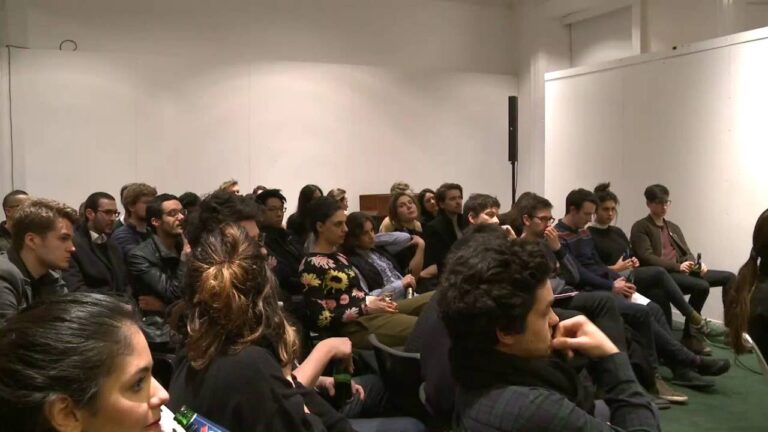
Lecture date: 2016-02-26
AAgora Debates
Former Domus editor and curator of the first Istanbul Design Biennial, Joseph Grima, has set what is being called a new beginning in curatorial representation of the global state of architecture, through the 2015 Chicago Biennial. The Biennial sought not to simply conceive another tourist-oriented event, but a substantial platform for a network of local institutions and their respective programs to showcase international contemporary architecture.
Titled “The State of the Art of Architecture,” the exhibition is a comprehensive concoction ranging from sustainability to housing, and resilience to social justice, with the intention not to overshadow or highlight any architectural ideologies, such as neo-postmodernism. This curatorial position was swiftly denounced by parametricist Patrik Schumacher, claiming that anything “I recognize as contemporary architecture was missing” from the exhibition, as highly ideological architectural styles are not just evident in today’s architectural explorations but also deeply interwoven into our daily lives; thus criticizing his lack of invitation.
At risk of being criticized for a lack of focus and selective prejudice, the biennial suggests that the contemporary is open to expression and interpretation.
If the Chicago Biennial failed to coherently articulate contemporary architecture, how do we define what is contemporary architecture and its relevant thrust? And what role do Biennials play in such definition, and the representation of global architectural trends?
source